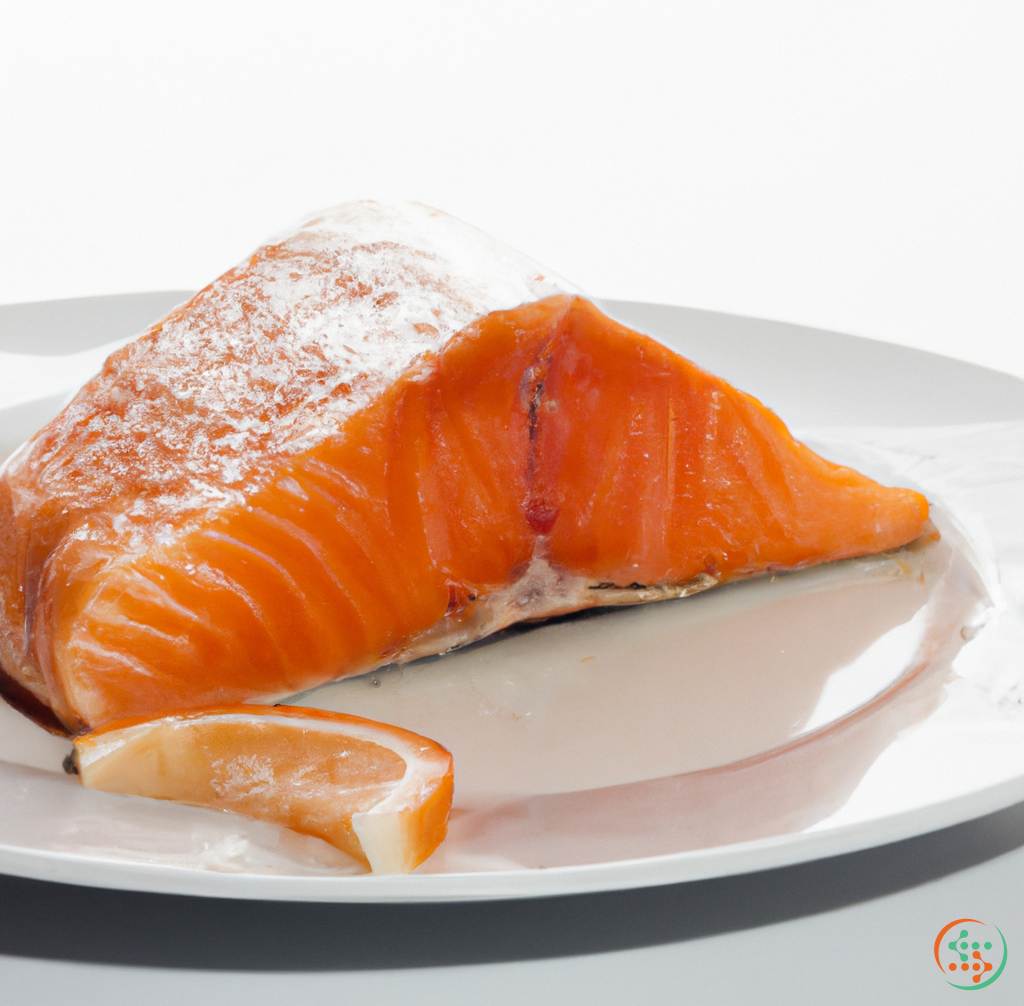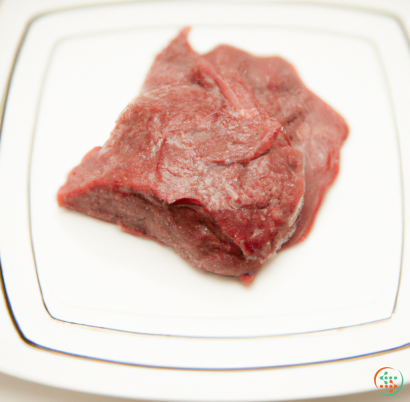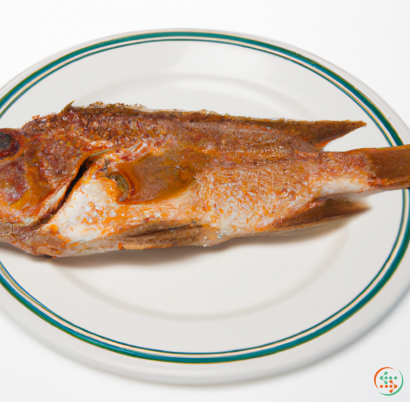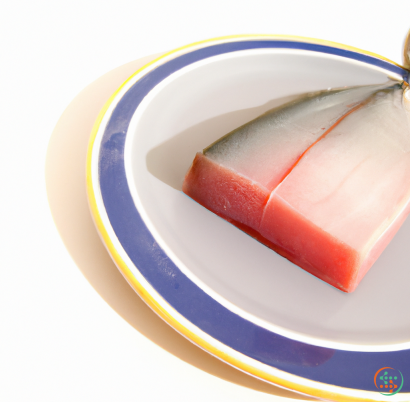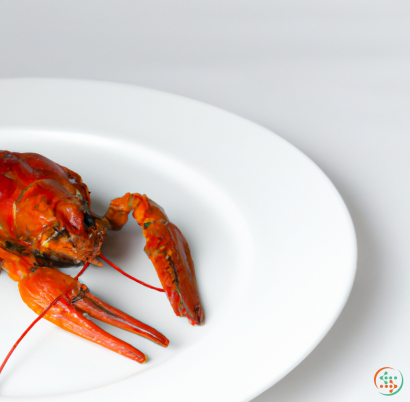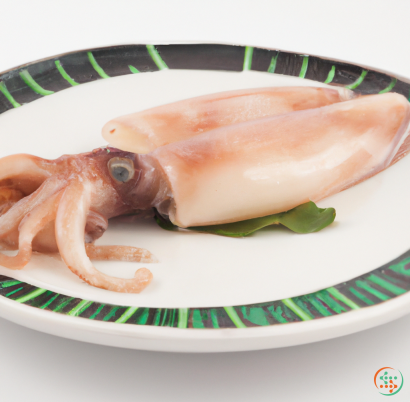Chinook Salmon
Chinook salmon (Oncorhynchus tshawytscha) are a species of fish native to the North American Pacific coast, from the Bering Sea in Alaska all the way to Central California. Chinook salmon are an important species in the aquatic food chain, as well as a critical food source for people living in coastal areas and river systems. The size, strength, and resilience of these fish make them a prized gamefish for sports fishermen and recreational anglers everywhere.
Chinook salmon are easily identifiable and recognized by their large size and distinct coloration. They can grow up to 3 feet in length and weigh up to 60 pounds, although the average size is generally much smaller. Chinook salmon have a rich dark blue-green color on their back and sides and a bright silver underside, with black spots characteristic of their species. They also have pointed heads, large mouths, and a hooked, "U"-shaped snout.
The life cycle of the Chinook salmon is intricately tied to the ocean and rivers of the Pacific northwest. These fish live their adult lives in the ocean, and will head to their spawning grounds, generally located upstream in their birth river or stream, towards the end of their lives. When they reach spawning grounds, they will dig nests or “redd” in the gravel beds, and lay their eggs. Spawning usually starts in the late summer or early fall, and can last until spring when the young fish usually start migrating to the sea.
Chinook salmon have adapted to their surroundings very well over time, and are capable of swimming in shallow, fast-moving rivers, deep cold waters of the ocean, and are able to tolerate a wide range of water temperatures. Due to their broad ability to adapt, Chinook salmon can survive and thrive in freshwater and ocean habitats, making them especially resilient compared to many other species of salmon.
Chinook salmon are important for the overall health of the aquatic ecosystems of the west coast of North America. These fish play a crucial role in the food chain, being a primary source of food for larger fish, seals, sea lions, and birds. Many people rely heavily on these fish for economical, recreational, and cultural purposes as well. In Canada, where the species is commonly called “King Salmon” due to its large size and significance, the fish are both highly prized, and highly regulated.
The Chinook salmon’s health and populations are threatened by many factors such as overfishing, habitat destruction, warming water temperatures, changes in the hydrologic cycle, and the introduction of non-native species. This threatens the species and their availability to both wildlife and humans as a food source, as well as the health of entire ecosystems. In recent years, many organizations have been advocating and working hard to restore the salmon population in North America, through methods such as hatcheries, restoration, and protection efforts.
Overall, Chinook salmon are an amazing species whose significance to the environment should not be underestimated. Next time you’re near the Pacific coast, don’t forget to take the time to appreciate these beautiful fish, and all the contributions that they make to the aquatic ecosystems of the West Coast.
Introduction
A Chinook salmon is a species of fish that is both delicious and versatile, and is popular across much of the United States. While many people are familiar with the end product—the delicious, succulent piece of salmon on their dinner plate—not many people understand the full journey and process behind how a Chinook salmon makes its way from rivers and waters to a dinner plate. This blog post will explore the fascinating journey of the Chinook salmon, and will cover topics such as the spawning cycle, raising and farming methods, and the different industry standards for salmon quality. By the end, readers will gain an understanding of the extensive process that goes into creating a wild-caught Chinook salmon for the dinner table.
Spawning Cycle
The journey of the Chinook salmon begins at its birthplace--the rivers and waters of the Pacific Northwest. The Chinook salmon is an anadromous species, meaning they are born in freshwater but spend much of their adulthoods in saltwater. When they're ready to reproduce, they return to freshwater to spawn. Chinook salmon lay thousands of eggs on gravel beds, where the eggs are then fertilized and buried underneath sediment. While all types of salmon have different spawning cycles, Chinook salmon typically lay their eggs between late summer and early winter. The eggs must be kept wet and cool in order to survive, and can develop anywhere between seven and nine months before they will hatch.
Raising and Farming Methods
Once the eggs have hatched, the young Chinook salmon begin the journey to becoming a mature fish. Depending on the specific species, the salmon can reach maturity in three to five years, and will inhabit different parts of their migration range throughout this time. While Fisheries may be used to help boost salmon numbers, most Chinook salmon mature in the wild and are caught free-range. However, some Chinook salmon may be raised in fisheries or farms, where they are kept in more controlled environments. In this case, the salmon are fed a specific diet formulated to speed up growth and ensure better health. In addition to this, the salmon in the farms receive vaccinations for things such as infectious diseases, making them less susceptible to illnesses or parasites.
Industry Standards for Salmon Quality
Once the Chinook salmon has been caught, traded, or processed, they are shipped off to buyers, chefs, or restaurants all around the world. As any professional chef will tell you, the quality of the fish is key in ensuring a delicious plate of salmon is produced. The industry standards for salmon quality are different from other kinds of fish; these standards are typically more stringent and require more rigorous testing and verification. The most important characteristics for a high-grade Chinook salmon include freshness, color, texture, fat content, and flavor.
In order to check for freshness, the fish is typically inspected by a professional before being accepted. This includes things such as touch tests and odor checks. Color is perhaps one of the most essential characteristics--the higher quality Chinook salmon will be a bright pink or red with no discoloration or abnormalities. Texture is also crucial, with the salmon having a smooth, firm, and resilient feel to it. For fat content, the salmon should be fatty and juicy, but not overly so. Finally, the flavor is not something that can typically be judged as objectively, but should be mild yet flavorful with a hint of ocean or brininess.
Production and Packaging
Once a high-grade Chinook salmon has been selected, it can then be processed for consumption. This typically occurs through a series of steps such as inspecting the fish for quality, cleaning and gutting, removing the skin, and filleting. This process will vary slightly depending on the species and destination, but the general production and packaging is the same for all Chinook salmon. Once the salmon has been processed for consumption, it is then frozen and vacuum-sealed in airtight packaging. This helps ensure the freshness and quality of the fish, and also allows it to retain its flavor and texture while being shipped long distances.
Conclusion
From spawning to shipping, the journey of the Chinook salmon is an extraordinary one. With such an expansive migration range, the Chinook salmon can be found in rivers, streams, lakes, and oceans all across the Pacific Northwest and beyond. While many people don't think about the process behind a single piece of salmon on their dinner plate, understanding how it got there can help us appreciate the journey even more. With hundreds of varieties of salmon out there to choose from, the Chinook salmon is a unique species with its own characteristics, flavor, and history. By learning more about the process and standards that go into producing a wild-caught Chinook salmon, we can gain a better appreciation for this versatile, delicious fish.
| Vitamin A | 0.149 mg | |
| Vitamin C | 0.0041 grams | |
| Vitamin B1 | 0.04 mg | |
| Vitamin B2 | 0.15 mg | |
| Vitamin B3 | 0.01005 grams | |
| Vitamin B5 | 0.87 mg | |
| Vitamin B6 | 0.46 mg | |
| Vitamin B9 | 0.035 mg | |
| Vitamin B12 | 0.00287 mg |
| Calcium | 0.028 grams |
Daily Value 1.3 g
|
| Iron | 0.91 mg |
Daily Value 0.018 g
|
| Magnesium | 0.122 grams |
Daily Value 0.4 g
|
| Phosphorus | 0.371 grams |
Daily Value 1.25 g
|
| Potassium | 0.505 grams |
Daily Value 4.7 g
|
| Sodium | 0.06 grams |
Daily Value 2.3 g
|
| Zinc | 0.56 mg |
Daily Value 0.011 g
|
| Copper | 0.05 mg |
Daily Value 0.9 mg
|
| Manganese | 0.02 mg |
Daily Value 0.0023 g
|
| Selenium | 0.0468 mg |
Daily Value 0.055 mg
|
| Tryptophan | 0.288 grams | |
| Threonine | 1.127 grams | |
| Isoleucine | 1.185 grams | |
| Leucine | 2.09 grams | |
| Lysine | 2.362 grams | |
| Methionine | 0.761 grams | |
| Cystine | 0.276 grams | |
| Phenylalanine | 1.004 grams | |
| Tyrosine | 0.868 grams | |
| Valine | 1.325 grams | |
| Arginine | 1.539 grams | |
| Histidine | 0.757 grams | |
| Alanine | 1.555 grams | |
| Aspartic Acid | 2.634 grams | |
| Glutamic Acid | 3.839 grams | |
| Glycine | 1.234 grams | |
| Proline | 0.909 grams | |
| Serine | 1.049 grams |
| Total Sugars | 0.131141 grams |
per 100g
|
| Myristic acid (14:0) | 0.46 grams |
|
| Palmitic acid (16:0) | 2.05 grams |
|
| Stearic acid (18:0) | 0.71 grams |
|
| Total Saturated fatty acids: | 3.22 g | |
| Erucic acid (22:1) | 0.44 grams |
|
| Oleic acid (18:1) | 3.59 grams |
|
| Palmitoleic acid (16:1) | 1.13 grams |
|
| Gadoleic acid (20:1) | 0.58 grams |
|
| Total Monounsaturated fatty acids: | 5.74 g | |
| Omega-3 Timnodonic acid (20:5) | 1.01 grams |
|
| Omega-3 Clupanodonic acid (22:5) | 0.3 grams |
|
| Linolenic acid (18:3) | 0.11 grams |
|
| Linoleic acid (18:2) | 0.14 grams |
|
| Total Polyunsaturated fatty acids: | 1.56 g | |
| Cholesterol | 0.09 grams |
|
| Total Sterols: | 0.09 g | |
